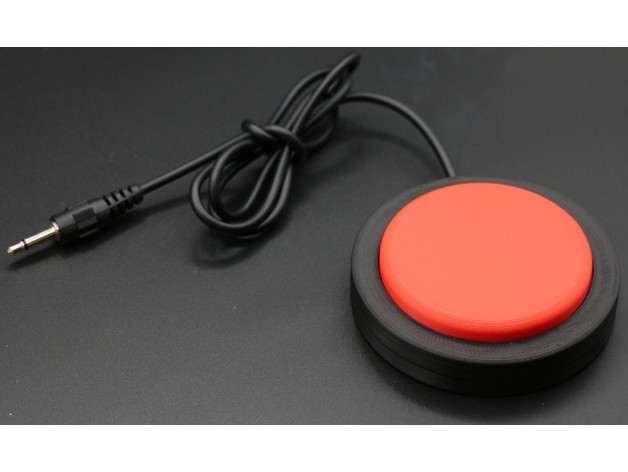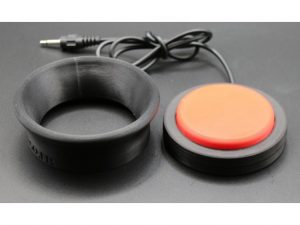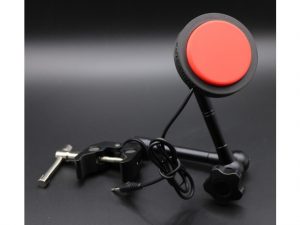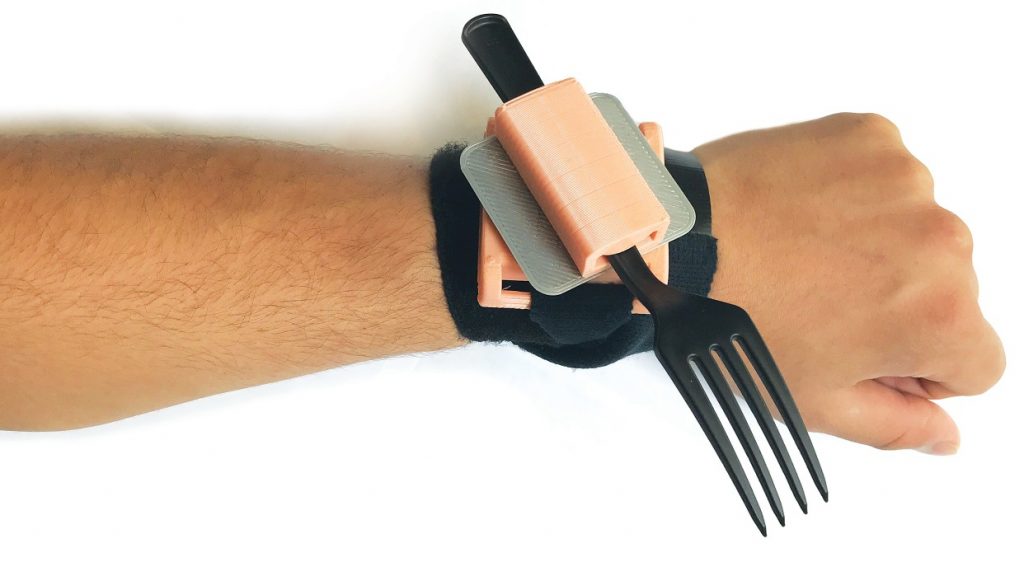
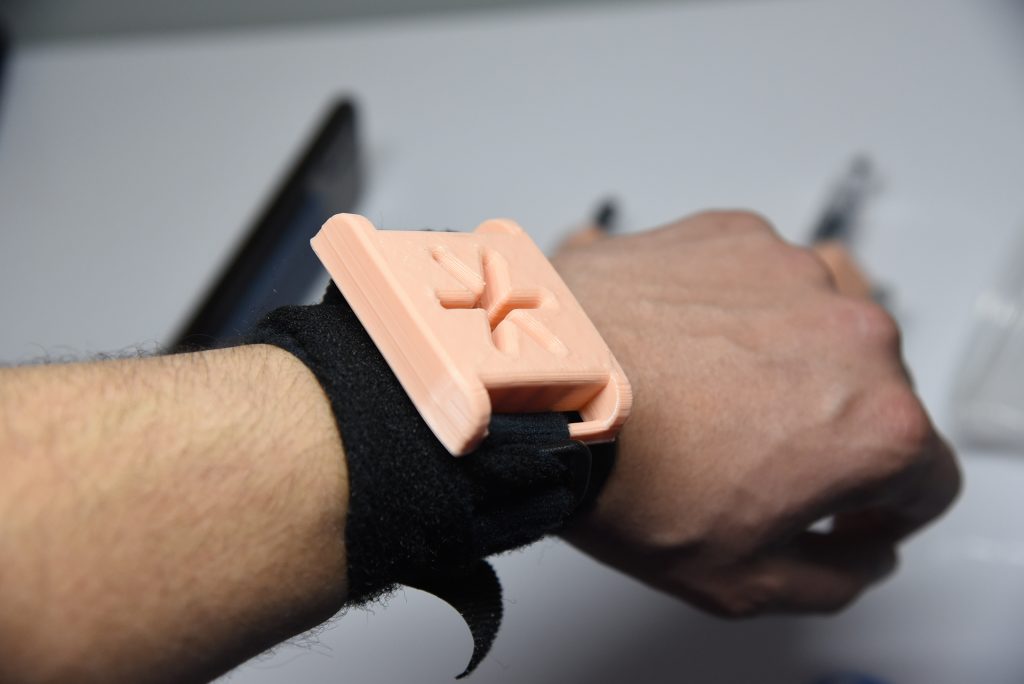
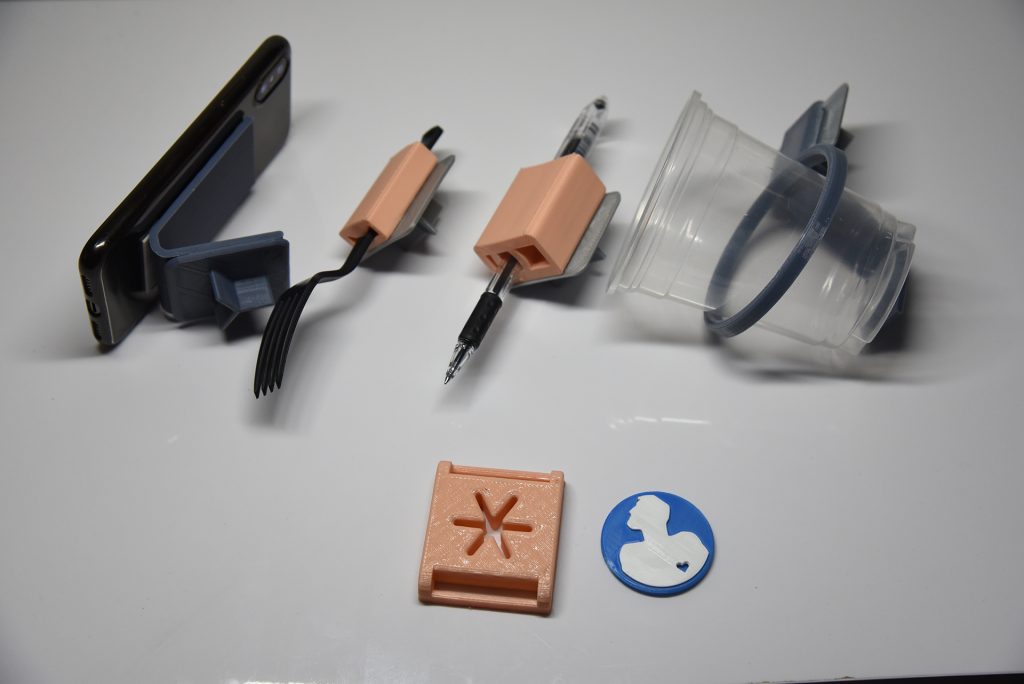
Why do you do this?
My mission is to identify most needed subjects and share it with colleges and have them fund their students to solve those problems. Allowing amputees to purchase designs online was a great decision because they want to be treated normally as opposed to receiving prosthetics for free as charity.
Some amputees don’t know for example they can play guitar… if they request on the website, some engineer can design them the right attachment! We’re giving amputees a chance to do anything they thought they could not do! I believe I can affect many lives world wide by giving them the opportunities they haven’t had.
What progress have you made?
So far I have designed an attachment that can apply to any kind of partial arm single amputee. This attachment is open-source, meaning that any engineer or designer can design a new attachment and upload on the website to share. I am currently working on another 3D printable assistive device that is designed for double amputees with both partial arms. To allow them to put on different attachments without another’s help. It is a very basic mechanical snapping feature. Right now I am mostly trying to invite more engineers and designers to the community and link with organizations who support amputees.
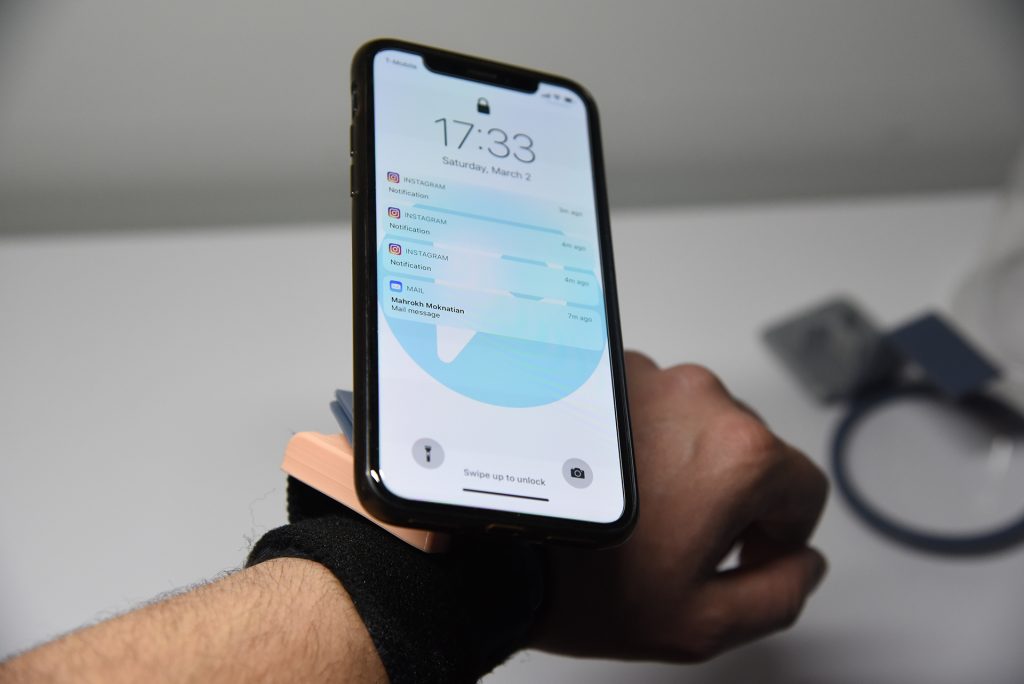
What’s holding you back?
I am a full-time H1B employee, I cannot quit my job to fully focus on this. And I haven’t discussed fund raising with any venture capital. My focus is to gather more designs and contact communities who are support amputees, to collect more requests from amputees.
What printers and material do you use?
I have a Creality Cr-10, I mostly use PLA. I am trying to save some money to buy SLA printer and print standard resin, rough, durable and flexible. I have 3 3D printers at work, I am the head designer of a company in Long Island. After I introduced 3D printing to this company, we slashed our prices by 30% and saved thousands of dollars in prototyping our new products.

